It’s no secret that since the beginning of the local craft beer boom, there has been major change in the bar business as well. Not long ago were the days that every apathetic part-time barkeep could list all four beers on tap without taking the Marlboro out of their mouth. Today, the standards are very different. Eight taps, which was once viewed as a pretty-decent selection is now drastically sub-par. 24 lines seems to be the restaurant average today. Meanwhile the nuclear arms race for the biggest beer lists wages on. 15 years ago, installing a hundred tap lines might have landed you in the loony bin. Today, it puts you in the same category as restaurants like Happy Gnome, Republic 7 Corners, Tamarack Tap Room, City Works, and the soon-to-open HopCat. While I love frequenting these places, particularly looking to these restaurants to supply me with a selection of sours, I also recently had a very different experience that I think is underappreciated.
A Lesson from Wine Country

Some call it passion and some call it Stockholm syndrome, but I will always be restaurant industry person. There’s nothing like it. As such, I am always looking for new perspectives and small ways to change and improve the establishments where I work. Last summer, I spent a week in Rome, where I was enamored by the food and cafe culture. Don’t get me wrong, it wasn’t perfect. Italy has great hospitality, but underwhelming service across the board. At the same time, the food culture is fantastic. Italians are very proud of their cuisine and rightfully so. However, the one thing I took away from the experience that I think should at least be noted and considered was the beer selection, or lack thereof. Every cafe in Rome we sat down at, I would ask for a beer. They would respond simply with “White or Amber?” I loved that!
It brings me to an important principal that I first ran into long ago called “the paradox of choice.” Oversimplified, it states that everyone thinks they would like more options, but greater variety leads to more stress in choosing and higher likelihood that you will regret your choice. If I were to ask which ice cream place you wanted to go to between a shop with 4 flavors and a shop with 40 flavors, the obvious choice is the one with 40. The more options you have, the more likely you are to find the perfect one, right? Wrong! Many studies have shown that when selecting from a limited selection, the consumer is less likely to regret their choice.

So, back to beer. The option between white or amber (a Belgian-style witbier or Vienna Lager) takes the pressure off of the decision. It also eliminates the chance of a bad pairing. The limited-release raspberry milk stout may sound great to you, but when you’re in the mood for the grilled salmon with a bearnaise sauce and asparagus, you may find yourself sorely regretting your choice. Amber lagers and witbiers are very versatile with food pairings and work very well with most Italian cuisine. I also have seen plenty of customers become flustered and stressed over choosing a beer. It would seem odd to bring up a fear of public speaking, but for some, a fear of mispronouncing the words Dunkelweizen or Gose, can trigger the same reactions.
Beauty in Simplicity
It may seem weird for a former chef and Certified Cicerone® to say this, but people don’t go out to eat for the food or the drinks. They go for the experience. So, while they may think they want lots of choices, what they may really want is for that pesky ordering part of the evening to be over so they can put the beer lists down and actually enjoy the atmosphere and catch up with their family and friends or conversely get back to their awkward Tinder date.
Restaurant experts all agree that smaller food menus are a great indicator of a good restaurant with a focused and experienced chef. There’s no reason that the wine, beer and cocktail lists shouldn’t say the same. Speaking of wine, why is the “house” wine always the worst? Why can’t wine be the same, “white or red,” question and then the restaurant will bring you a great bottle of wine that will surely compliment your food?
Now, I’m not trying to advocate for all restaurants to go back to 4 beers, nor am I suggesting that restaurants with 100 taps are bad. My point is that we should stop to consider what is actually best for the customer. Consider the paradox of choice. Any beer bar worth their salt will have staff trained well enough to narrow down your options to one or two beers anyway based on your preferences and food selection. Perhaps that’s the answer or perhaps we need to look further and explore the impact of decision making theories on our views of the service and hospitality industry. In the mean time, if you need me, I’ll be at the Happy Gnome drinking sours.


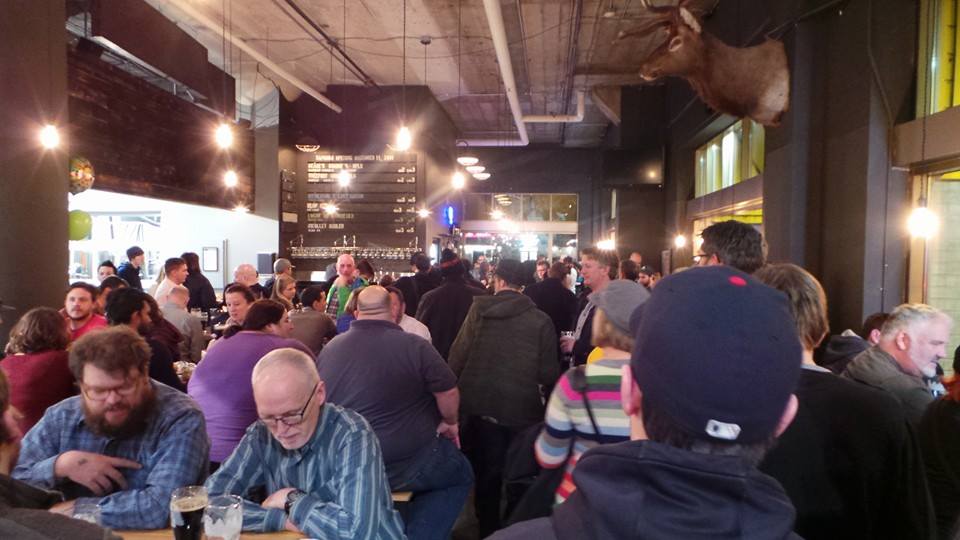
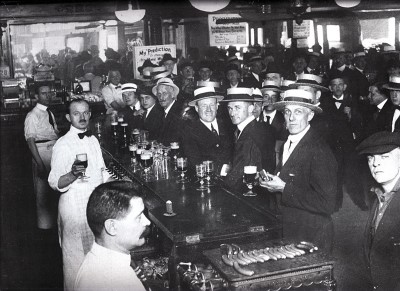
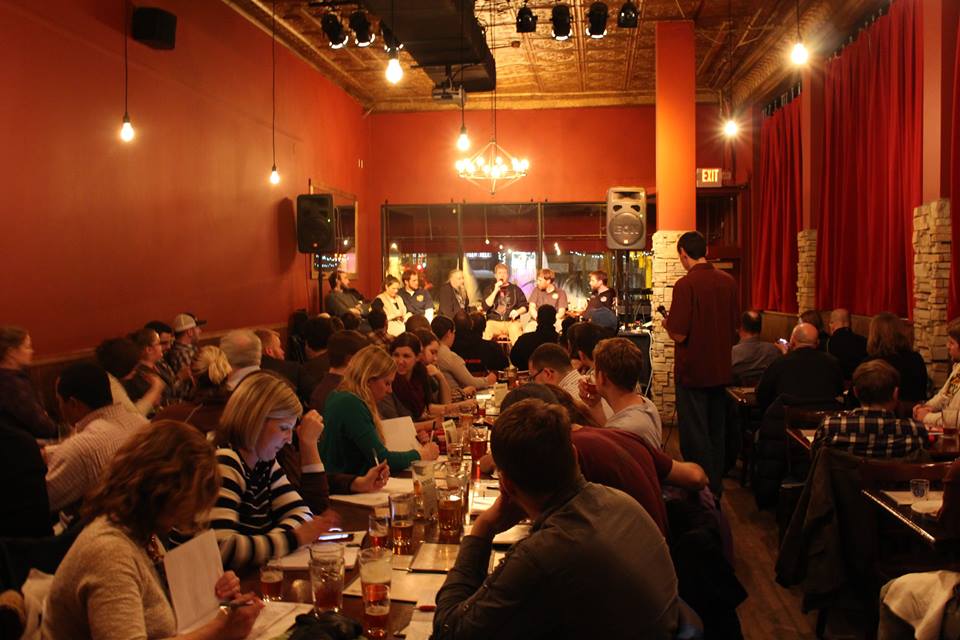

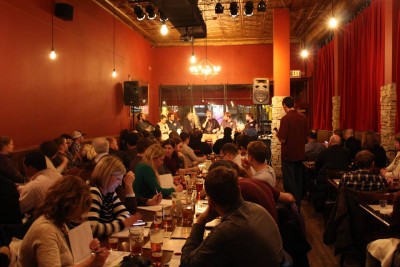 To put the ‘U’ in BBSU, the program will now offer advanced courses, which will be shorter and more intensely focused on specific topics like homebrewing, Belgian beer, or food & beer pairing. These advanced courses will consist of three 90-minute classes at a variety of venues such as the Lake Monster taproom and Surly’s Beerhall.
To put the ‘U’ in BBSU, the program will now offer advanced courses, which will be shorter and more intensely focused on specific topics like homebrewing, Belgian beer, or food & beer pairing. These advanced courses will consist of three 90-minute classes at a variety of venues such as the Lake Monster taproom and Surly’s Beerhall.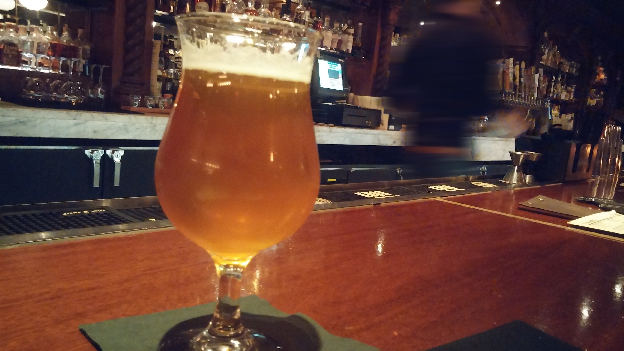
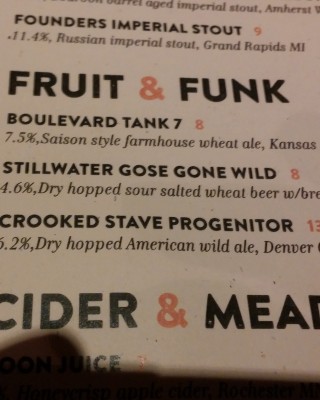
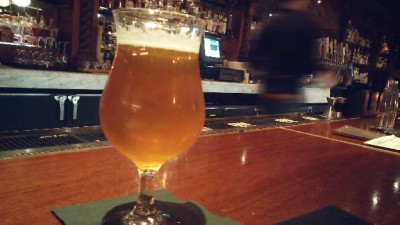 with this beer. It has a great diversity of options. It would be great with fatty foods (e.g. charcuterie board from Butcher and the Boar). Definitely would be a great pairing with grilled salmon, truffles, mushrooms, or caramelized onion. It worked well with most of our food, but was not a good pairing with the sweet and smokey barbecue sauce.. Bonus points if you get 3 out of 4 on a plate.
with this beer. It has a great diversity of options. It would be great with fatty foods (e.g. charcuterie board from Butcher and the Boar). Definitely would be a great pairing with grilled salmon, truffles, mushrooms, or caramelized onion. It worked well with most of our food, but was not a good pairing with the sweet and smokey barbecue sauce.. Bonus points if you get 3 out of 4 on a plate.
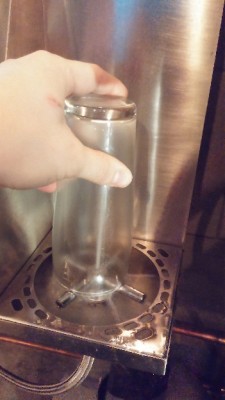 They are popping up all over the state in craft beer bars and have gained a lot of interest in the media as of late. I don’t mean to say they are bad or unnecessary. Rather, I would like to lay out the facts about them. The truth is that they should be unnecessary if your bar does everything correctly and that they are crucial of your bar does not.
They are popping up all over the state in craft beer bars and have gained a lot of interest in the media as of late. I don’t mean to say they are bad or unnecessary. Rather, I would like to lay out the facts about them. The truth is that they should be unnecessary if your bar does everything correctly and that they are crucial of your bar does not.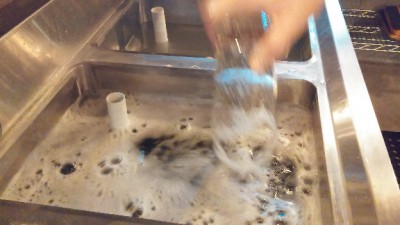 treatment of your glassware to begin with. I think everyone can agree that the best bars are the ones with a very high attention to detail. There are a lot of moving parts to running a bar and a lot of work that goes into a great craft beer program. There can be high turnover in the restaurant industry and training bartenders and barbacks on every minute detail is a colossal task.
treatment of your glassware to begin with. I think everyone can agree that the best bars are the ones with a very high attention to detail. There are a lot of moving parts to running a bar and a lot of work that goes into a great craft beer program. There can be high turnover in the restaurant industry and training bartenders and barbacks on every minute detail is a colossal task.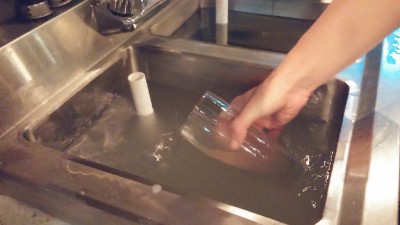

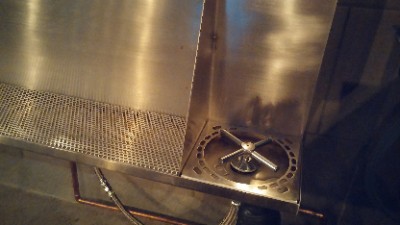
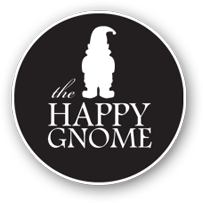
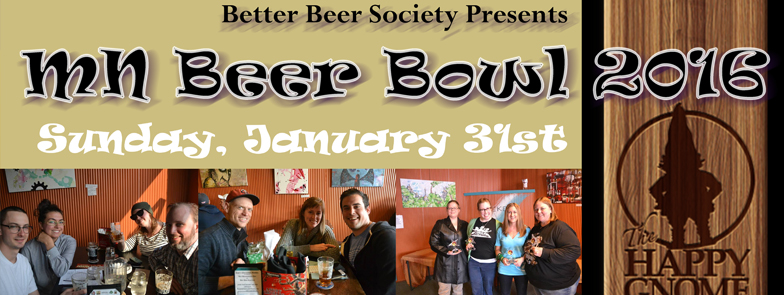 MN Beer Bowl 2016 at The Happy Gnome
MN Beer Bowl 2016 at The Happy Gnome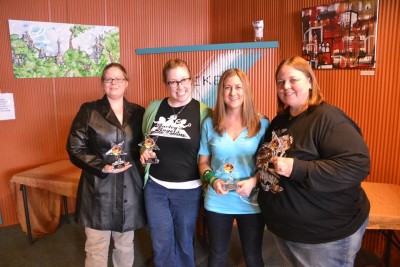 their title. Among last year’s 15 different sponsors were Summit, Surly, Harriet, Boom Island, Bad Weather, Hammerheart, Growler Magazine, 16oz society and lots more. Teams take home prizes from every round, giving each team lots of opportunity to win as well as bonus questions every other round for free beers from the Happy Gnome’s huge selection of craft beer.
their title. Among last year’s 15 different sponsors were Summit, Surly, Harriet, Boom Island, Bad Weather, Hammerheart, Growler Magazine, 16oz society and lots more. Teams take home prizes from every round, giving each team lots of opportunity to win as well as bonus questions every other round for free beers from the Happy Gnome’s huge selection of craft beer.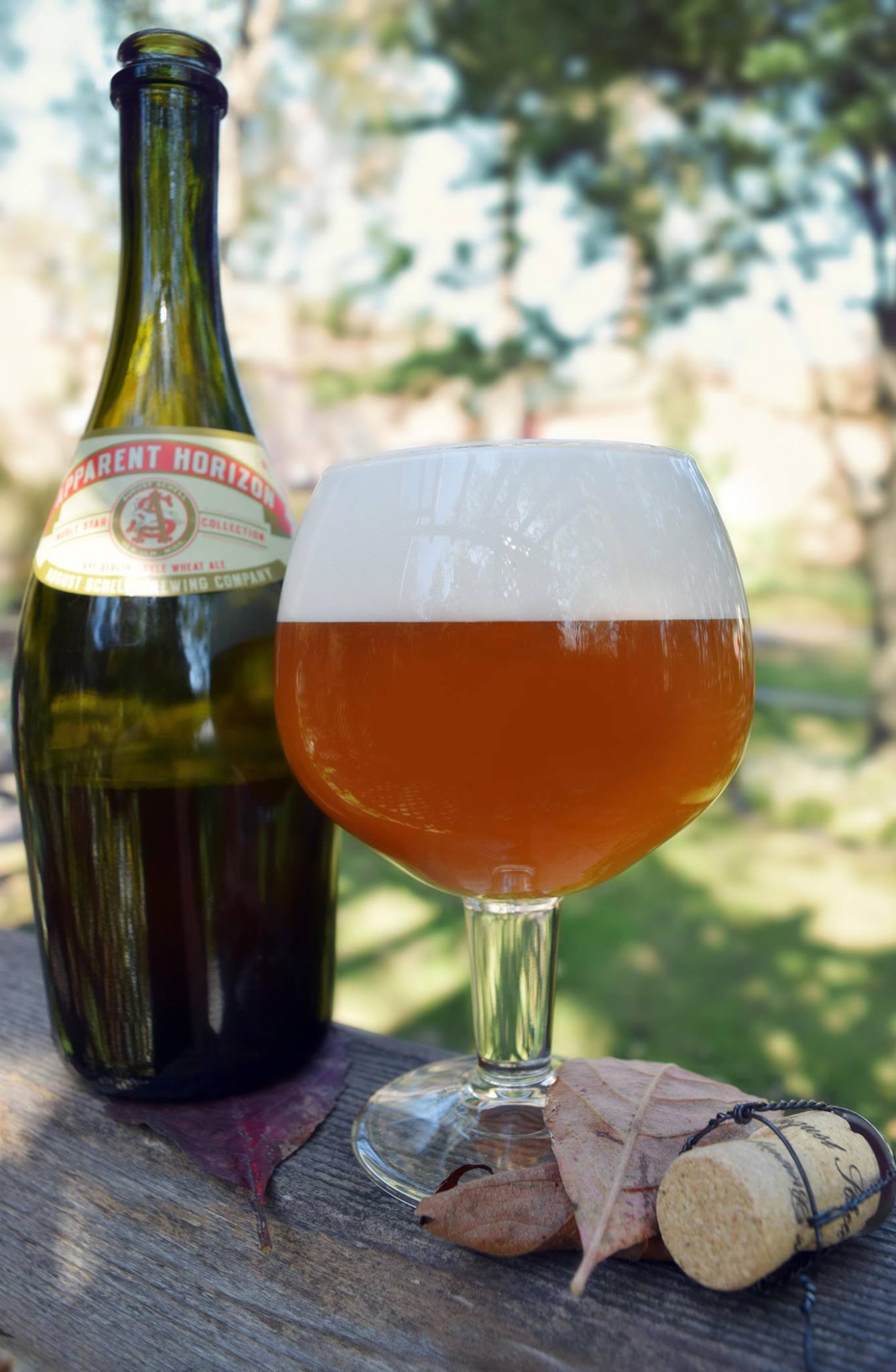
 a half old that does not want to deviate from its German heritage, but looks to stay relevant in a market saturated with craft breweries creating new styles every day? August Schell Brewing Company’s answer is to innovate one of the lesser-known beer styles with historic German roots, the Berliner Weisse, and they do a fantastic job with it.
a half old that does not want to deviate from its German heritage, but looks to stay relevant in a market saturated with craft breweries creating new styles every day? August Schell Brewing Company’s answer is to innovate one of the lesser-known beer styles with historic German roots, the Berliner Weisse, and they do a fantastic job with it.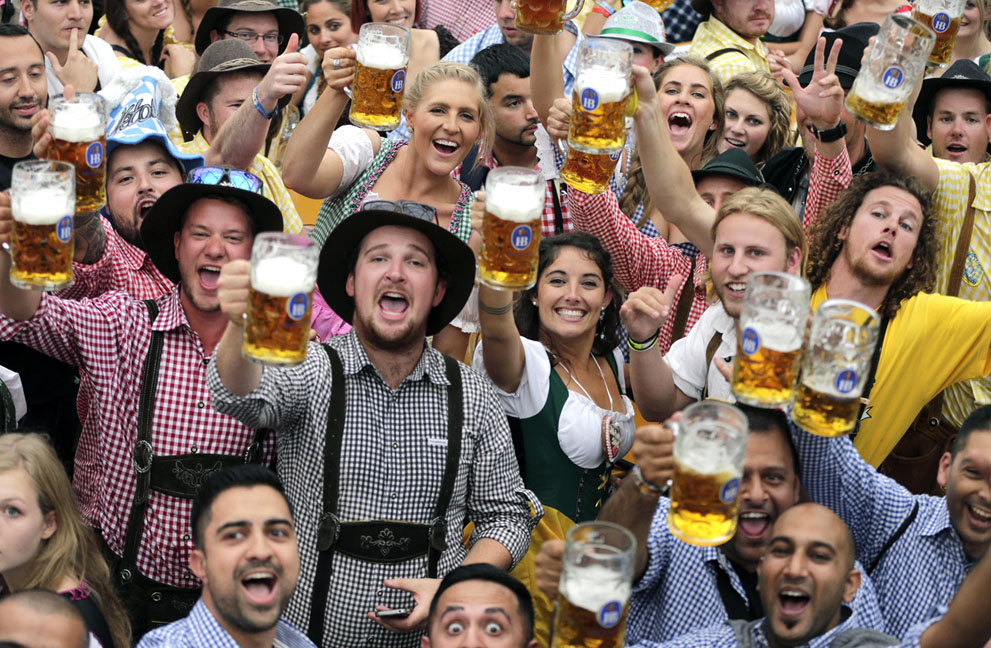

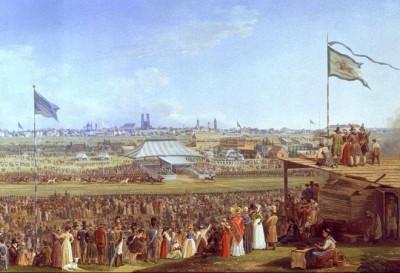

 with some other beer aficionados and ranked 30 Oktoberfest beers along with detailed descriptions. Take a look at
with some other beer aficionados and ranked 30 Oktoberfest beers along with detailed descriptions. Take a look at 